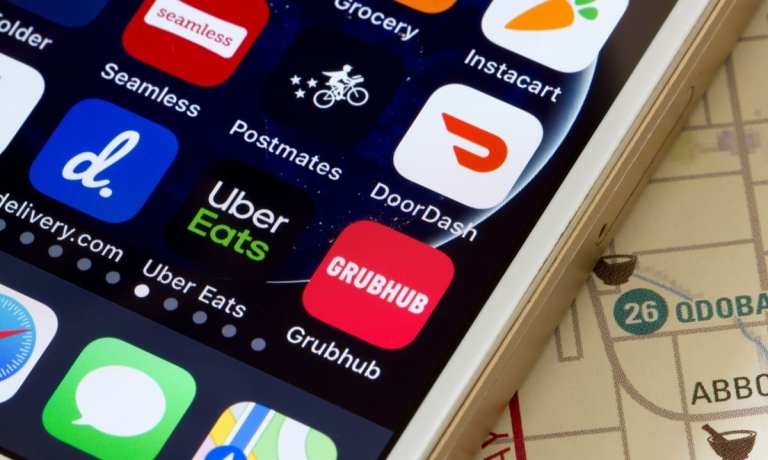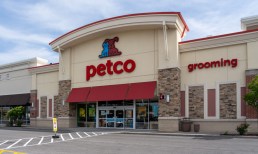DoorDash Leads US Convenience Store Deliveries As Sector Soars 346 Pct

DoorDash is the dominant player in convenience store deliveries as the pandemic continues to keep people home and out of physical retailers and restaurants, according to a research report released Thursday (Jan. 28) by Edison Trends.
Convenience stores like 7-Eleven and CVS saw third-party delivery app sales escalate 346 percent in 2020. January transactions show DoorDash had 60 percent of the market share for convenience store deliveries, ahead of Philadelphia’s goPuff with 23 percent, San Francisco’s Uber Eats with 9 percent and San Francisco’s Instacart at 4 percent.
DoorDash started delivering from over 1,800 convenience stores nationwide in April, and 7-Eleven launched partnerships with both DoorDash and Postmates. The convenience store market size is expected to increase 5.5 percent in 2021, reaching an estimated $33 billion in revenue.
Customer digital spend at grocery stores went up 121 percent and at restaurants rose 112 percent. Convenience store sales are still a fraction of the third-party delivery app market, accounting for just 1 percent of overall spend, according to the report.
Quarter-over-quarter, DoorDash users upped their convenience store spending by 162 percent from third-quarter 2020 to the fourth quarter. Grubhub grew in convenience store spending by 40 percent, Instacart by 21 percent, goPuff by 10 percent and Uber Eats by 7 percent.
DoorDash announced in August that it was introducing a network of distribution hubs. DashMart initially launched in Chicago, Minneapolis, Columbus, Cincinnati, Dallas, Salt Lake City, the greater Phoenix area and Redwood City, California.
The pandemic fueled the necessity of delivery, and that demand grew further when the 2020 holiday shopping season kicked off. The move to digital is anticipated to become a long-term trend that will continue to move beyond food and groceries.
The number of convenience stores dropped 1.6 percent during 2020. The National Association of Convenience Stores said there were 150,274 convenience stores operating as of December 2020, down from 152,720 in 2019. The pandemic motivated some convenience stores to embrace digital sales and move away from brick-and-mortar.



